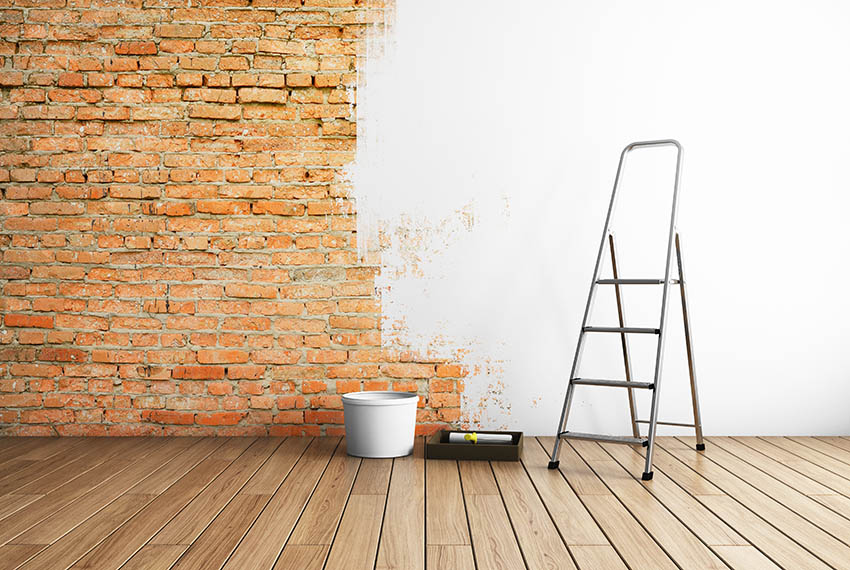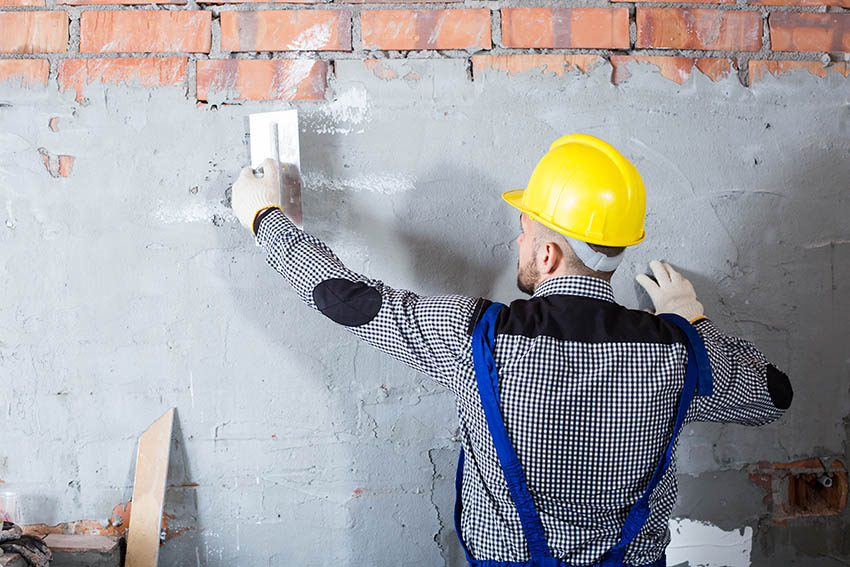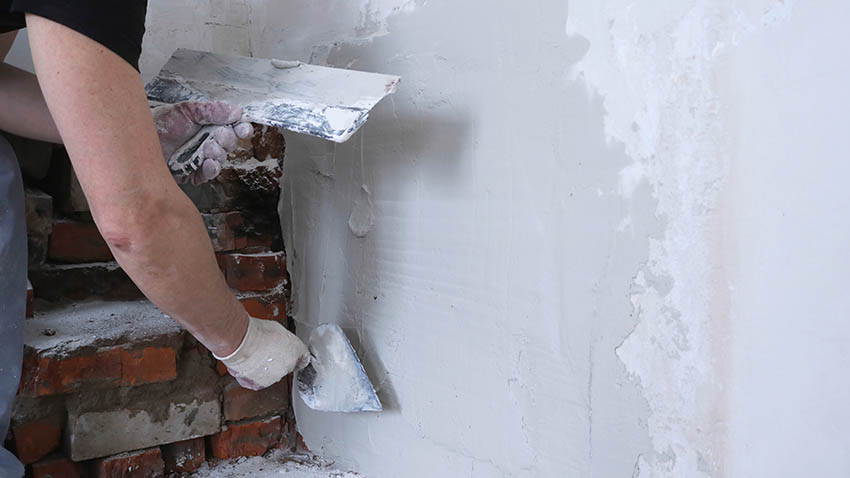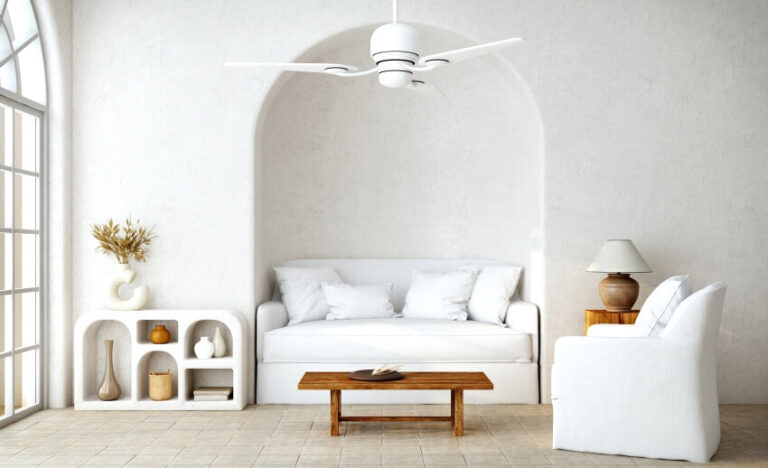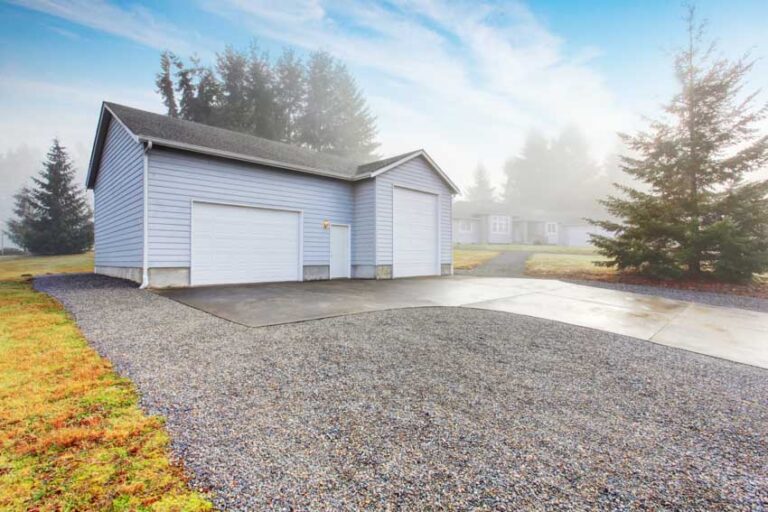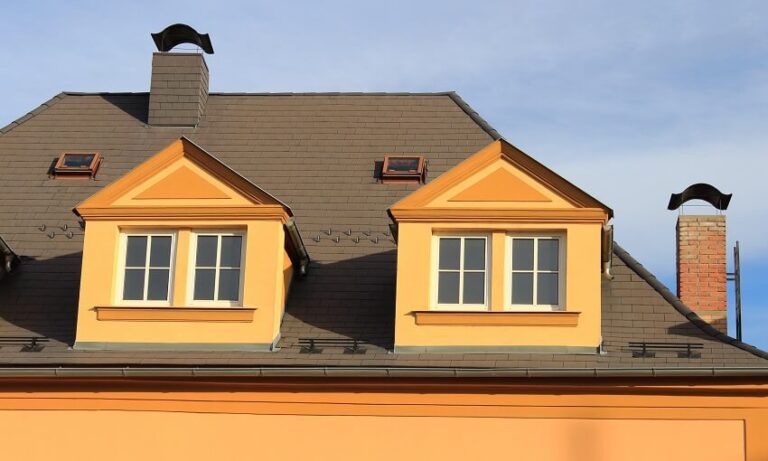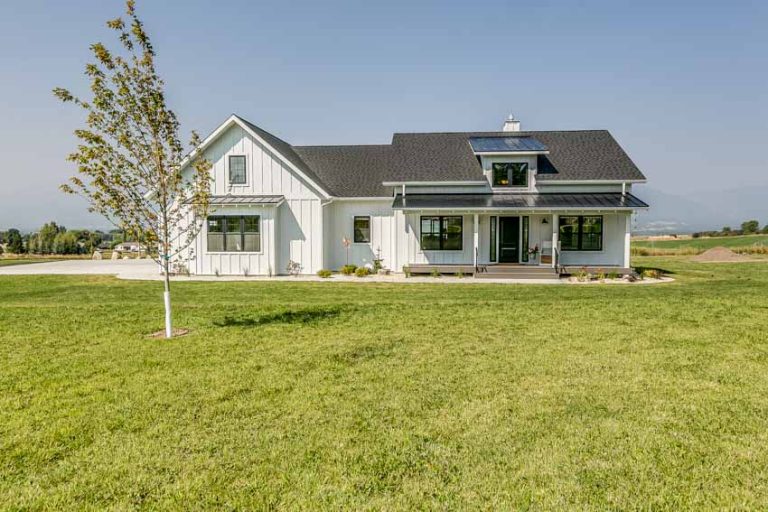Can You Stucco Over Brick?
Here we answer the question: can you stucco over brick? You will also see the cost and how to apply this finish material over brick.
Stucco has been extensively used for coating interior walls, exterior walls, sculptural objects, and ceilings. It is a construction material normally composed of water, sand, and cement. In terms of application, it is generally applied in wet form, but once it dries, it solidifies in a compact solid.
If the stucco is properly and carefully installed over brick, it can provide a seamless look and enhanced appearance. A great curb appeal can truly add more value to your house, which is beneficial for you if you have decided to sell it in the future.
However, numerous homeowners are curious about one question: can you stucco over brick? Stucco and brick are from the masonry category. But generally speaking, applying this finish over bricks is acceptable and can generate excellent results.
Stucco provides a durable finish that can effectively cover bricks. It can even enhance its appearance.
In this article, you will be informed about the step-by-step instructions for applying stucco over brick. You will also learn about creating the perfect mixture, its longevity, and cost.
How Long Does Stucco On Brick Last?
The stucco itself is very durable, versatile, and long-lasting. It can also efficiently resist termites, mold, and fire. When this finish is applied over bricks, it can normally last 30 to 50 years.
However, it will still depend on how you take care of it and the common climate in your area. It is highly beneficial to apply the finish to your brick as a 1-inch coating, which can incredibly resist fire for 1 hour. Read more about stucco house design on this page.
Stucco Coverage For Brick Cost
If you plan to install a stucco coating over your bricks, it could cost you around $5 per square foot at the low end. Talking about the high end, it could cost you $9 per square foot.
Here are the standard costs of installing stucco over brick based on the size of your house:
• 1500-square foot house – $8,000 to $13,000
• 3000-square foot house – $16,000 to $26,000
• 5000-square foot house – $26,700 to $43,000
Read more about the cost to stucco a house on this page.
How to Stucco On Top Of Brick
Are you planning to cover your bricks with stucco? Well, here are some of the important DIY steps and reminders you have to follow:
Make sure to conceal first all the flaws of the brick
Before starting the process of installing the stucco, you have to ascertain that the flaws, cracks, or holes on the brick are concealed first using hydraulic cement.
This type of cement is normally stored in a bag. It must be mixed with water to form a thick cement and become concrete after a few hours. However, it is still important to look at the instructions on the product you will buy.
To fill the holes or cracks with hydraulic cement, you can use a trowel. Make sure to conceal all the blemishes you can see on the bricks. You have to wait for the cement to dry and harden completely.
Incorporate metal flashing to prevent moisture damage
Incorporating metal flashing on stucco is a requirement. It is very crucial to reinforce and fasten the metal siding first to the base of the brick with masonry fasteners. This will help in preventing moisture from flowing down the surface.
This step is highly important. Skipping this could cause a lot of problems as the moisture can easily damage the bricks and the coating as well. For more alternatives, read about stucco vs siding on this page.
Test if the stucco will bond
The stucco can cohere well with the brick, as they are both masonry products. But remember, several kinds of dirt, contaminants, or some paint substances can diminish the adherence of the material to the brick.
That is why it is important to spray the brick first with water before applying the texture finish. It will help you see if the finish will bond to the brick. Once you have observed that the water gets quickly absorbed, it could mean that it will bond very easily.
On the other hand, if you notice that the masonry is not absorbing the water you have sprayed, you might try cleaning the brick surface first with water and detergent, then rinse it again with pure water.
If this can’t do the trick and the bricks still won’t absorb the water, wait for them to dry first, then paint it with a masonry bonding agent.
This type of product is particularly created to help the brick bond properly with the finish material. It can be applied on the surface using a simple paintbrush or a roller.
Start applying the stucco onto the brick
There are numerous pre-mixed stucco blends available in the market, but you have to make sure you choose the highest-quality one.
Once you have your stucco mixture, you can mix it with pure water. Ensure you follow the step-by-step instructions on the product’s package or instruction manual.
Use a trowel to put a half-inch coating on the brick surface. After that, you should wait a few hours to let the material harden.
Once it properly hardens, you can use a plastering rake to create lines on the surface by scratching it lightly. It will also generate a scratch coat to help the topcoats bond correctly.
After that, let the scratch coat dry for 8 to 10 hours. Once it becomes completely dry, add another ¼ inch of mixture. The texture might seem unattractive, but that is only a part of the process.
Let this second finish coating dry again for 8 to 10 hours, then apply again a ¼ inch of mixture. This will be the final coating.
Find your most desired finish and texture using the trowel. Allow yourself to create some experiments.
After letting the final coating fully dry, lightly spray or mist the covered brick surface with water every 2 to 3 hours to allow the texture coating to dry gradually. This process will help reduce the flaws and needed maintenance on the surface you are working on.
If you don’t want to do it yourself, search for a local contractor or painter with experience working with stucco. A professional may be able to provide attention to detail, including painting the trim, surfaces, windows, and other hard-to-reach areas.
Make sure to get a quote from more than one company to ensure you are receiving a good price. When they come, make sure they provide knowledgeable information and answer all of your questions regarding painting different surfaces and different texture finishes available.
For more related content, visit our article about stucco vs plaster here.

